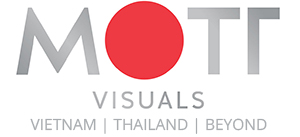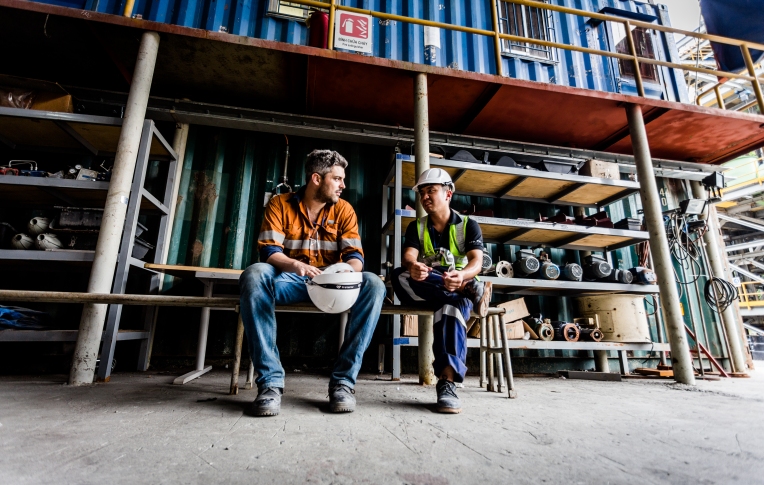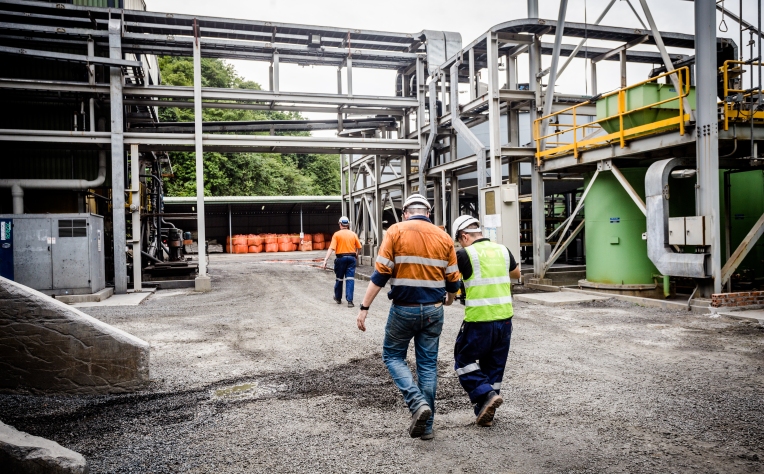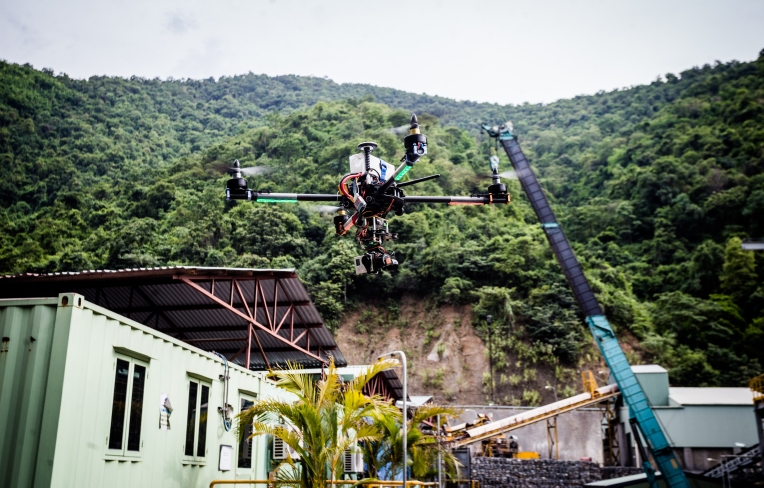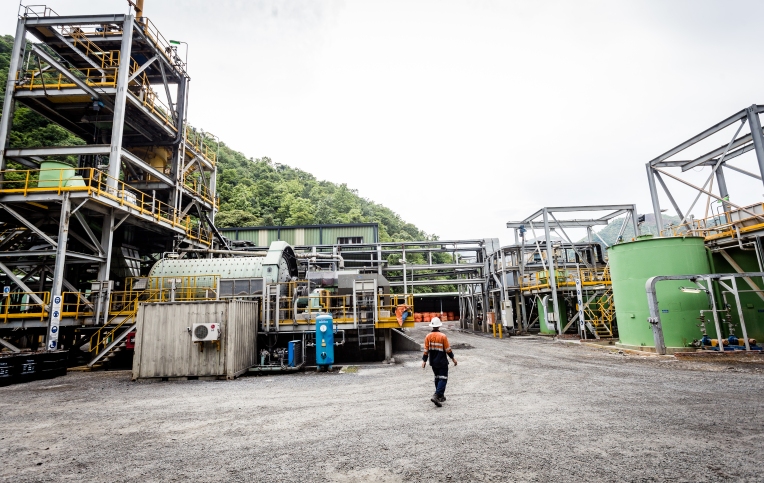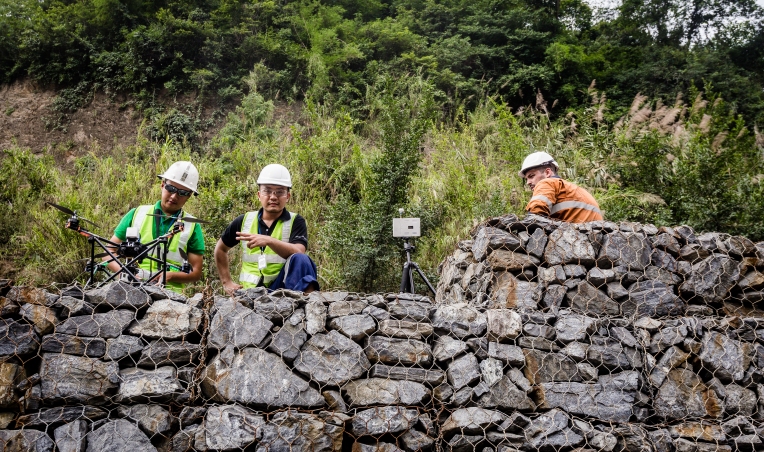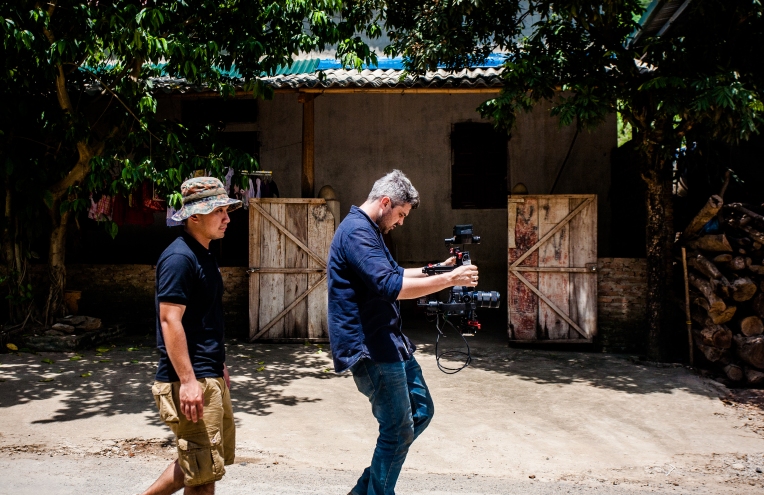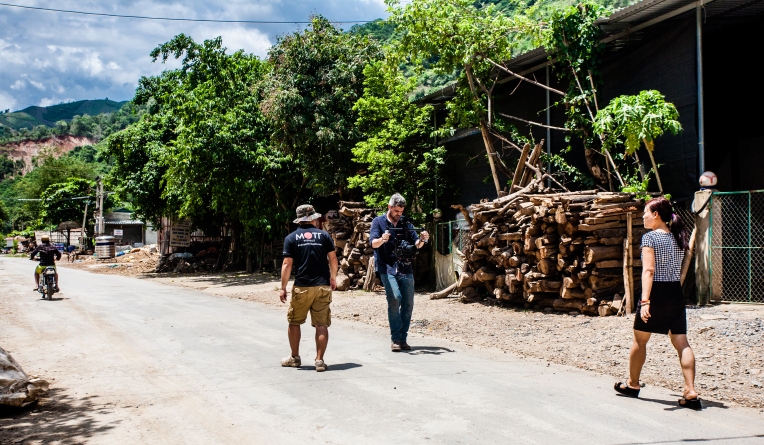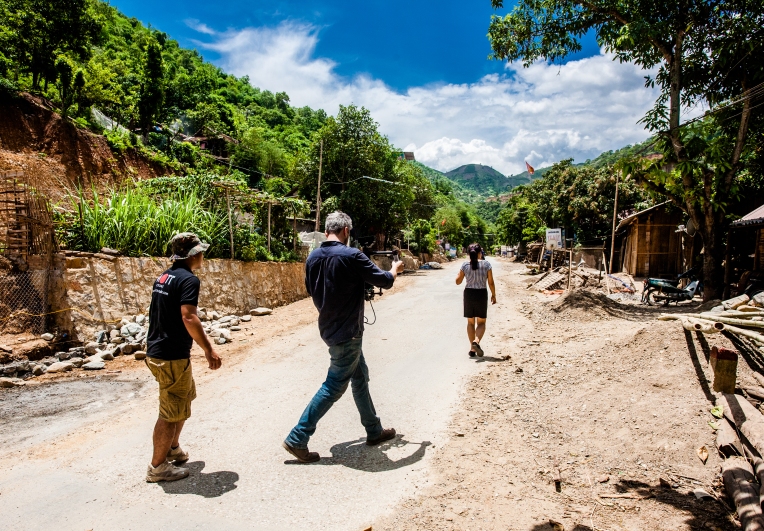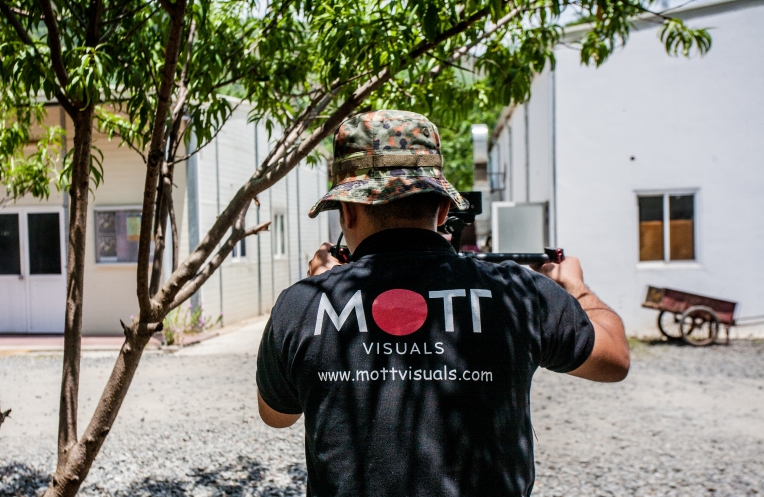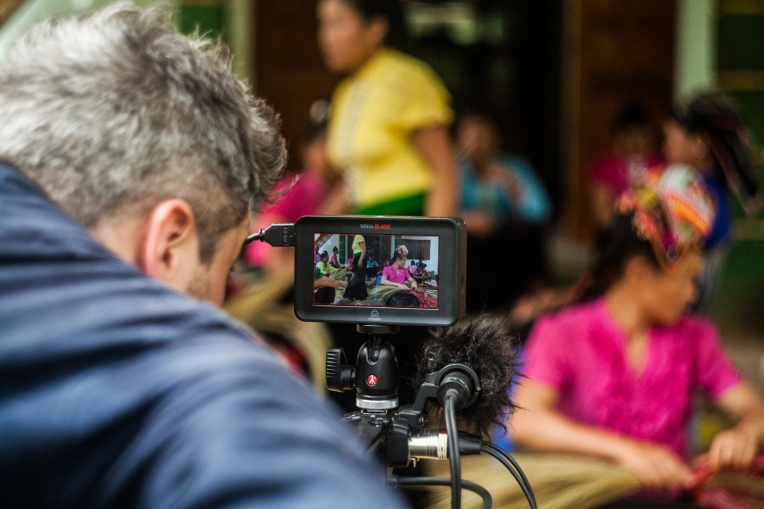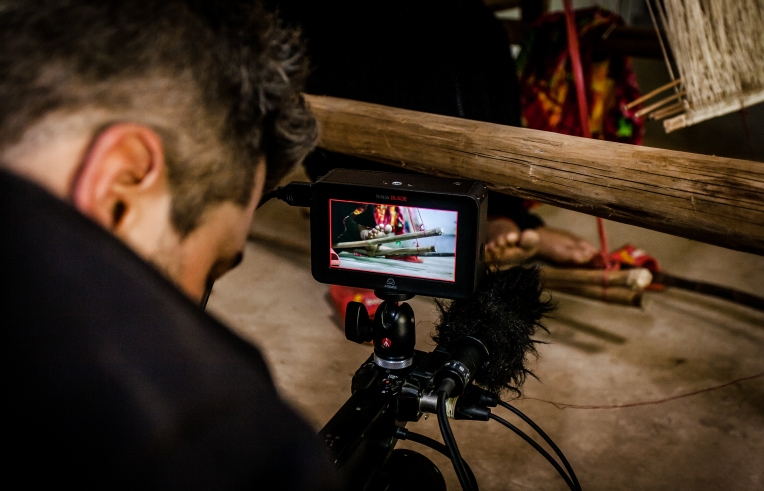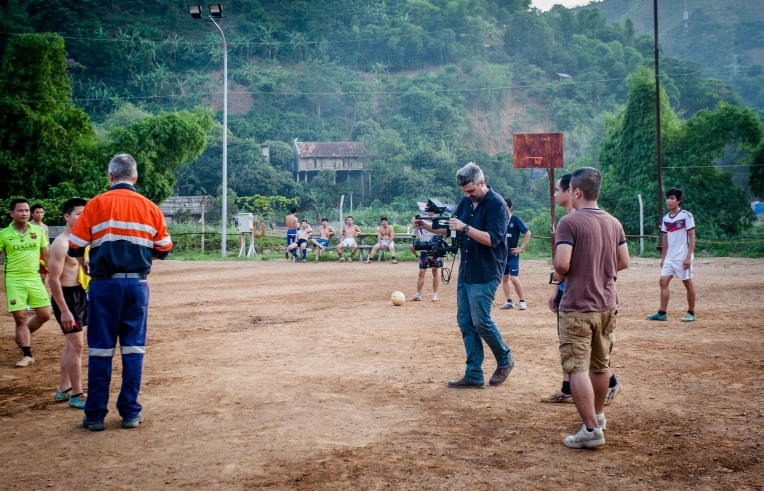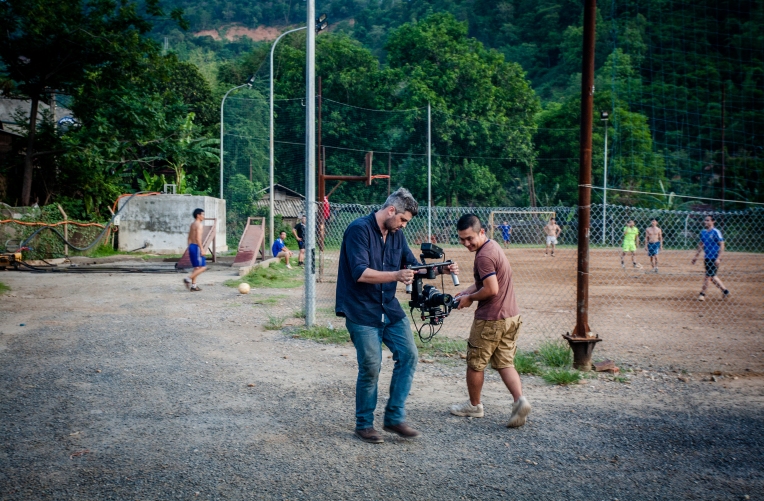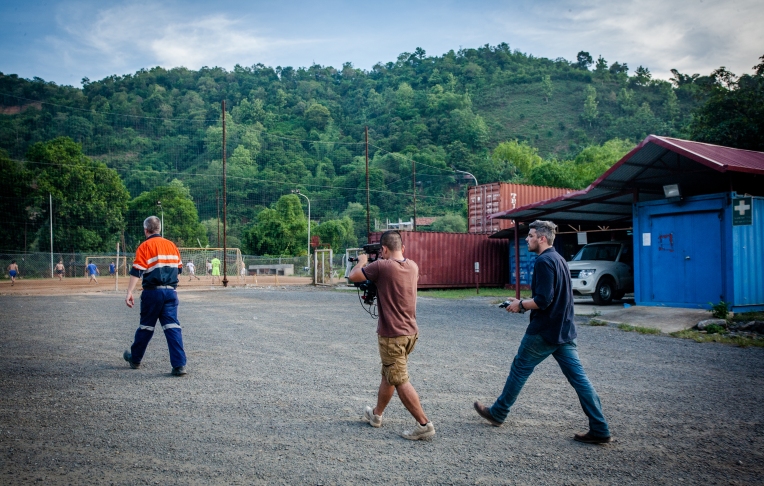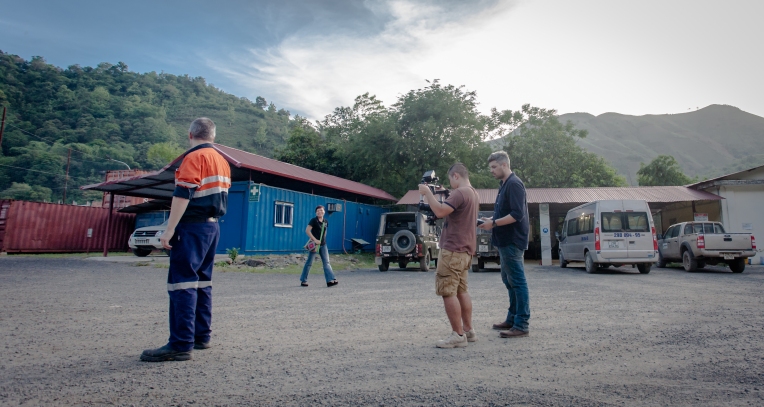This article is for large multi-national corporations, small businesses, anyone looking to hire a photographer for any type of commercial shoot, big or small. Even photographers looking to venture into commercial photography can learn something here. Be warned, this is a bit long but I‘m confident that if you stick it out you’ll learn something valuable in the end and you will absolutely be more prepared before your next shoot.
Hiring a photographer to shoot for your business can be an intimidating process. It’s a new language to most people and understanding what is the industry standard can be a never-ending labyrinth of confusion. Does your photographer use natural or artificial light, do I need models for the shoot, what should it cost, what format does the photographer shoot in RAW or JPEG, does it matter what camera the photographer uses?
Your images will be your first impression to your potential customers and they will act as the face of your business for years to come so it’s imperative you understand the basics and you know what you’re talking about.
I’ve been a commercial photographer and director for over a decade living and working in SE Asia and my business Mott Visuals has shot for some of the largest companies in the world including Nike, Intercontinental Hotels, Siemens, Holiday Inn, Unilever, Hyatt Hotels, Accor, and Bosch to name a few (don’t take my word for it, check my references).
I shoot for a variety of industries but to keep things consistent throughout this article I’m going to use hotel/resort shoots for most of our case references but just about everything below can be applied to all industries.
Natural or artificial light?
It’s important to understand the differences between a photographer using natural light or artificial light and even more important to know which style suits your shoot and to find the right photographer for that style. I know so many gifted photographers that take beautiful shots in a studio with artificial light but when they go out and shoot with only the sun their pictures are uh, let’s just say not so beautiful and yes the opposite is true as well. If you aren’t sure about the difference or which style is right for your business, just look at the photographer’s work that speaks to you the most and that suits your brand and ask the photographer if those shots were done with natural or artificial light, easy as that. If you aren’t sure which style is right for your shoot, start by understanding the difference between these two types of light.
Natural light and ambient light
We use natural light (the sun) for most of our resort/hotel shoots because I want our images to come off believable and yes, natural. Our style is not only defined by the fact that we use natural light but it’s also how we use it on our images. We also use a lot of ambient light for our night shots, such as lamps in the room, general room lighting, etc. I’ve found our resort/hotel clients want their images to feel more real and not have that CGI look that they can get from a graphic rendering. To achieve this look we use predominately natural light and minimal post-production. For resorts this is a lot easier because they tend to obviously be in tropical places with plenty of sun. For hotels, we tend to use some artificial light but we still use mostly natural light using deflectors and just being patient and calculated on the timing of our shots.
Pros
-Believable
-Natural
-Faster to work with resulting in more total images
-In my opinion flat out more beautiful
-Cheaper
Cons
-Weather dependent
-Limited latitude in post-production
-Not always great for highlighting products or brand names
Artificial light
Artificial light has its own look and it offers a lot more latitude in post-production (more on post-production later), meaning you can do more to the file in Photoshop without ruining the file. Often, artificial light can look fake but it can work well for the right campaign. For example, when you want to highlight a product in your shot you can do so easily with artificial lighting or if you are doing a studio shoot.
Pros
-More latitude in post-production
-Not as weather dependent
-Great for highlighting brand names or products
-More control of the entire scene
Cons
-More time consuming to set up and shoot
-Can look artificial
-Not as beautiful as I mentioned but that’s a personal preference.
-Can often be more expensive
This isn’t to say that it’s as clear as black and white. Some photographers balance artificial light and natural light quite beautifully and there are of course exceptions to the rules that I listed above. Bottom line, you should always look at portfolios of photographers that have different styles and if you aren’t sure if they use natural or artificial or both just ask them.
“Just Photoshop It”. What level of post-production is included by the photographer?
For many photographers hearing the client say “can we just Photoshop it” can make them cringe. It’s important to understand the difference between color toning and DI (Digital Imaging) and you must understand what you need before the shoot happens and have a clear agreement in place with the photographer. I’ve found many of our clients have a very loose understanding what goes into post-production (or as many people just refer to as simply Photoshop). This is a complicated topic and just about every photographer or agency charges differently for this so I’m going to simplify things by splitting this into two categories, DI (Digital Imaging) and basic color toning (color balance, color correction, cropping, dust removal, etc.) Think of color toning as applying make-up and combing your hair and think of DI as a face-lift, nose job, Botox, and a hair transplant (yes I’m bald and no I haven’t considered this.)
Digital Imaging
DI involves things like green screen, special effects, image composites, adding or removing major parts of the images and things like that. DI is its own art and it can get expensive, they typically charge by the hour so if you hired a photographer for a shoot don’t assume this is all included in the fee for the shoot, most likely it is not. You can get an estimate from the photographer or studio beforehand if you have a rough idea of what will need to be done but again don’t expect this to be an open-ended amount of work that is included in the photographer’s quote.
Color Toning
This basic post-production is the best option for most businesses. This means adjusting the color tones of the image, removing noise, cropping, adding or reducing contrast and just overall making the images look sexier but not adding or removing aspects of the image. The cost and time for doing this is significantly less expensive than DI but it is still its own art and requires time. For about 95% of shoots this is enough for our clients. This isn’t to say we don’t do our best to accommodate our clients, we do moderate things like removing cranes from a skyline or if we need to remove a small distracting object from a shot we will, but if we needed to add an entire new skyline to an image that wasn’t there originally or add people to a shot that would be considered DI and we would charge a lot more for that.
Do I need DI or just color toning?
You will always need color toning done unless you have an in-house graphic designer but even then, I would have the photographer do it because most photographers have a certain style to their toning and their images were shot a specific way to match that toning style. Some photographers include it as a line item in their quote some just include it in their creative fee. Either way it shouldn’t be nearly as expensive as DI.
If you are doing a global AD campaign for a billboard for example and you foresee a lot of special effects to the image you will need DI. Some AD agencies will include this in their total fee if it’s a big budget shoot but if you are hiring the photographer directly just communicate what you think you’ll need and get a rough estimate from them.
To understand this better let’s take a resort photoshoot as an example. For a room shot looking out to the beach color toning would include adjusting the sky to make it nice and blue and the making the colors in the room pop, and brightening up underexposed areas and things like that. DI would be changing the carpets to a new pattern, adding a person in the shot, adding a completely different view, etc.
Have a clear understanding of what you need.
We often have clients come to us and ask us to provide a shot list. The shot list should come from the you, only you know what you have in your existing library and what needs to be updated. Go through your existing images and see what you are lacking and what you already have in order to save time and cost down the road. Before you ask for a quote you should have a rough outline of a shot list to present to the photographer or agency. Of course, the photographer can help guide you with ideas for shots and it can’t hurt to ask them their opinion about some of your existing images but this process needs to start with you understanding what you are looking for and why. It’s also important not only to communicate what shots you need but the mood you are trying to achieve.
Know your brand standard
Many big companies have a photography guideline, make sure you know them inside and out and that your photographer knows them as well. If you hire an agency they should know this as well but if you hire a photographer directly and you are acting as the creative director, then you need to show them your brand standard and make sure each shot follow it carefully. If you are a small business and you haven’t thought about this yet, sit down and think about what fits and what doesn’t for you brand. Think of things like for hotels to always have tables set, models not wearing graphics on clothing, room shots with or without pamphlets, etc.
Do photographers charge pr/day or pr/picture and how do I know how many pictures to expect each day?
It depends on the type of shoot, the photographer, agency, and the logistics. The most important thing is to find a photographer you trust, and then trust your photographer’s advice. If you’ve hired a reputable photographer (read above about checking references) they should be honest with you about the time they need to create X number of photos at the quality, they are conformable with. For our pricing, we use days as a baseline but there are many other factors such as shots with or without models, logistics, DI or basic color toning, output of images for print, web, etc.
I have the occasional client that tries to save money by saying can we just double the shots pr/day thus reducing the total days and fees by half? Nice try, but this is a bad approach. The reason is that rushed shots will result in poor and inconsistent quality. It’s not worth it in the end trust me. For hotel/resorts shoots I typically recommend 5-7 scenes pr/day and I work a variety of angles and postures in those scenes to get the best shots. For example, a day’s worth of shooting might include, 2 rooms shots, pool with models, lobby with staff and models, beach set-up, and a dining shot with models. Your photographers should know what he/she needs regarding time to get the quality of images you hired them for so trust them.
I’ve got good looking friends; do we still need professional models?
The short answer is yes, yes you do. I know so many clients that try to cut costs here and it can be a costly mistake. Budgets are always a huge factor and every shoot is different so I’ll try to present here a basic case for when to and when not to hire models. For product shots, obviously, this doesn’t apply, just use this section for when you think you will need people other than staff in your shots.
For our hotel/resort shoots we often have a mix of days with and without models. For the days, we need models I highly recommend you go with professionals. It’s the same reason you hire a professional photographer and not Bill from accounting who just bought a sweet new camera. You’re not only hiring their lovely appearances but just as important you are paying for their experience, professionalism and overall talent. My business handles full production so we hire the models directly for our shoots and do all the casting and styling bundled as one package to make things easier for our client. I can’t emphasize how important it is to have professionals that are cast accurately for your brand and styled accordingly. I’d love to take all the credit for my images but it’s a team effort and if it’s not done correctly it can gravely sacrifice the overall quality of the final product.

A quick story for you, one of our huge resort clients decided not to take our advice and go with professional models and said they would take care of it themselves. We strongly advised against it but what can we do, they are the client. We showed up at the remote location and the model they chose was about 20 years older than their brand’s key target demographic (remember what I said about knowing your brand standard). In addition to that she could only work a few hours a day and the hours she couldn’t work were the hours we needed her most. At the last minute, they realized the problem and we had to scramble to cast and get professional models there on 24 hours’ notice, luckily we pulled it off.
The point is, that was almost a disastrous situation that ruined the entire shoot. In addition to models, styling and wardrobe is a lot of work both before and during the shoot.
The relationship between the photographer and model is key, it’s a team effort to get the best quality images. Professional models know how to position themselves within my frame, they understand what I’m trying to achieve and they help me achieve it. If your photographer is teaching your model on the shoot how to model, then he/she can’t focus on being creative at what they do best. I’ve done loads of shoots with professional models and plenty without and the difference is night and day. Our portfolio is a great example of the difference, just about every shot we use to represent our brand is with professional models.
Of course, for smaller budget shoots if you can’t afford models I understand you have to make do. A compromise might be if you are on a limited budget then reduce the total number of shots with models to only the absolute necessary shots. Or if professional models are completely out of the questions get the photographers advice on casting and prepare yourself on what goes into wardrobe, managing the models, and consult with the photographer about how much time they will need with the models.
Another thing to consider is contracts, when you hire a professional you have a clear contract so you don’t have to worry if you’re friend model has a falling out with you or goes and works for the competition or all sudden decides he/she doesn’t want you using the pictures for whatever reason.
Pros
-Professionalism
-Quality
-Clear Contracts
-Peace of mind
Cons
-Cost
Do I need an AD Agency or should I just hire the photographer directly?
Shh, look both ways and don’t tell agencies I’m telling you this but agencies can charge you a lot of, let’s call it what it is, bullshit fees and upcharges. Not all of course but many do and you also must consider the culture in Asia of kickbacks and bribes (more on that below) so you’re not always getting the best photographer for the job but rather the best photographer for that agencies creative director’s bank account.
This isn’t to say I haven’t worked with some great agencies that have contributed to improving the overall shoot but for the most part of I’ve found wasted money and a case of too many cooks in the kitchen sort of thing.
It boils (see what I did there after the cooking reference above) down to the type of shoot and the photographer you choose. Some shoots we work with agencies and some we don’t. Our business is different than most photographers in that we can handle full production including casting and hiring models, styling, photography, and conceptualizing the entire shoot. You can save a lot of money going directly to the photographer but many photographer’s need to be managed and many don’t handle all the above mentioned or at least don’t do it well. Look at the portfolios of the photographers you like, pick out your favorite images and ask the photographer if that was done alone or with an agency and ask if they conceptualized the images or if it was a creative director. Some photographers have an advertising brain and are masters of conceptualizing a shot that suits your brand’s need and some amazing photographers definitely need to be directed and managed, everyone is different. In the end factor in what you think you and the photographer can handle collectively for the shoot and if you can’t achieve it on your own be honest with yourself and go with an agency or find a photographer/production combination team like ours J(sorry for the self-plug).

Quality control
Most photographers I know are honest but I’ve come across a few during my 10 years here in Asia (both local and foreigners), that drastically embellish or flat out lie about their client list and some even steal other photographer’s pictures and represent them as their own. Photography in general is a saturated industry and many people want to take shortcuts to get paid work.
Some fall into a grayer area, but it’s still wrong and not someone you want do business with. For example, a photographer might take a shot of a well-known global hotel chain while they are on vacation or on assignment for a local magazine and then claim that the image was shot for that client or perhaps even imply that it was shot for them when it wasn’t. You might think, well if they shot for “insert big hotel chain here” they must know what they are doing and if it’s good enough for them it’s good enough for us. You might even think well if the pictures are good then who cares if it was on an actual shoot for that client. You must consider; do you want to do business with someone with those ethics and you also must think how would that photographer do under the pressure of working on a detailed shot list under the pressure of a commercial client.
How can you check this and is it worth? This is very easy to police, get multiple references from the photographer’s clients they’ve worked for and ask them to show you some tearsheets of work they’ve done for those clients (most photographers have these readily available). This might seem like overkill but it’s so easy to lie about your resume and extremely easy to steal other photographer’s work and represent them as their own. Finally, make sure their work is showcased not just in a pdf, an attachment, or a private gallery. Check their actual website, photographers are less likely to showcase stolen work on a public website.
What’s a normal process for payment?
Every photographer/studio/agency is different but we have two payment structures, a 50/50 and a 50/40/10
The 50/50 is what we do for most shoots. This means a 50% deposit before the shoot to secure the date and the remainder 50% paid upon completion.
We use the 50/40/10 for longer shoots or shoots that are done in segments that require a lot of money out of pocket for expenses. For this we take a 50% deposit before the shoot, 40% on first day of the shoot and the final 10% upon completion of the job.
Every breakdown is different but you must understand why photographers need a deposit. If they are in demand and a client locks in your date without a deposit and they turn down another job, then you postpone or cancel they’ve lost a lot of money. Be sure about your dates and understand the contract so you know the penalties associated with canceling or changing your shoot dates. We try to be flexible as we can but you have to understand the photographer’s perspective for charging you fees for cancelling or postponing.
Is bigger better? Does it matter what camera my photographer uses?
Photographers will argue endlessly about the quality of certain cameras compared to others. Chances are your photographer will be using a professional grade camera but it still doesn’t hurt to ask. Don’t be concerned about the size of the camera or the megapixels, that isn’t as important as you think it is. Sensor size is a lot more important, a medium format sensor that is only 20mp is exponentially higher quality than a small sensor camera phone sensor that is 50mp.
If you are doing huge prints such as a billboard campaign you might want your photographer to use a digital medium format camera but some of the high end DSLR’s can print that large too. Communicate with the photographer regarding how the final images will be used and ask their advice on the right camera for the job. A good photographer will know the right camera for the job and if they don’t own that camera they can rent it for your shoot.
Small piece of advice, don’t judge a photographer by their camera, judge by their work. I’ve seen some awful photographers shooting with $40,000 cameras and some elite photographers shooting with $1000 cameras.
Bribes and kickbacks
I live in SE Asia and unfortunately a big part of the business culture here is bribes and kickbacks. I’m not saying this doesn’t happen in other countries, I’m just saying I’ve noticed it happens a lot more here compared to our western clients. Yes, even for reputable international corporations and agencies with offices here it still happens. You might be thinking; well I work for an American company and I don’t personally do this so it doesn’t apply to me. You might not but your staff underneath you might and chances are you probably don’t know they are doing so. No one wants to admit this happens but it sure as hell does. Don’t worry, I’m not going call out anyone but we’ve been asked by marketing managers, creative directors at respectable agencies, marketing directors, etc. for kickbacks and we’ve lost jobs for not doing so. And no I don’t THINK we’ve lost jobs because of this, I’ve been told so.
We don’t play this game and we don’t give out bribes so if you were thinking of asking us don’t bother, not our style. Even if this is against a company’s policy many employees do this with photographers and production houses directly without anyone above them ever knowing. We’ve been on the bad side of this where it was obvious the client’s boss wanted them to hire us and they wanted to go with another photographer/production company because they make their usual their kickback from them and nothing from us. In fact, many were so bitter they even tried to sabotage the shoot looking for reasons not to like us but we are too lovable for that to happen, okay they probably still hated us but oh well. Besides the obvious horrible business ethics of these kinds of practices you also don’t necessarily get the best photographer/production company for the job and instead of your full budget going towards overall quality of the creative shoot it’s going into the pocket of your staff.
This is hard to keep track off and I don’t know how you can stop it completely and some of you reading this are taking bribes and mad that I’m putting this out there, sorry. My best advice is to be cautious of any of your staff being overly pushy towards one specific photographer/production house and of course communicate the consequences if they are caught taking bribes.
If you think I’m making this up or exaggerating read this great article from someone in the agency industry in HCMC, Vietnam.
Should I care if the photographer shoots RAW or JPEG format?
RAW and JPEG are the type of files that your camera saves your images as, think of them as the modern-day film. RAW is a larger file and can be manipulated more in post-production without sacrificing as much quality. Most photographers shoot in RAW, edit the images in RAW and then when they are done editing they convert and save the image as JPEG to be delivered to the client. You will only use the JPEG for marketing purposes, high resolution for printing and low resolution for printing. You might want to own the RAW files or at least have copies of them as well in case farther down the road you want to do your own editing to them so negotiate those terms before the shoot as most photographers shoot in RAW but only deliver the images in JPEG to the client. Typically, you must pay more for the RAWS.
RAW files can be converted to JPEG but JPEG can’t be converted to RAW later so insist on shooting in RAW and delivering in JPEG. To make things easy for you have your photographer deliver the final images the following way; create a folder for high resolution JPEGs that you will use when you need to print the file and another folder for low resolution files that are optimized to be used for web use only.
Backing up your images
If you remember one thing from my article let it be this. When you receive your final images from the photographer be meticulous about backing them up. Use multiple hard drives and keep them in multiple physical locations. Yes, most photographers keep copies of the images but they aren’t obligated to do so and many charge a processing fee if you they must resend you the files. The fee isn’t what you need to worry about though, if you lost the files and the photographer didn’t have them either then you are screwed.
I recommend first off having them on 3 separate hard drives in at least two different physical locations. One or two in the office and one at home or at another office. Lastly, have a copy in the cloud somewhere such as Dropbox. Things happen, office fires, theft, and more common hard drive failures, so just be safe.
Should I hire a local photographer or fly someone in?
This is a very broad question and it truly depends on talent and who is available and most important who is the right fit for your shoot. If you can find a local photographer that works for you then go for it, but don’t do it solely off cost. I often see clients are scared off by the pricing for flying someone in. Often for our shoots the flights are just a fraction on the total cost so analyze the total cost of the job compared to the flights and make a rational decision. If you are doing it just off cost and it’s not done right think about the cost of having to do the whole shoot again or living with photos that you aren’t completely happy for years.
Usage terms
I could do a whole separate article on this but I’ll go with the short version because I’ve been a little long winded already. It’s so important that you first understand how you need to use the photos and for how long. Most photographers and agencies offer different pricing terms for different usage terms. Meaning, do you need the photos for internal use only(cheaper) or more likely do you need them for external use. Do you need them for print and web or just web? Do you need the images for billboards and if so do you need them for just one country, region, or worldwide? Models and photographers charge more for these things so only pay for what you need and negotiate terms and make it clear in your contract. The industry is changing quickly and there is no standard format but understand that more usage and more time typically equals more money.
Thank you for reading this long article, I hope you found it helpful. Every photographer and every shoot is different; this is just meant to be used as a basic guideline for businesses looking to hire a photographer for a commercial shoot. If anything is unclear or you have any follow up questions, please don’t hesitate to ask me in the comments section below. If you know someone who might find this article useful please share it with them.


